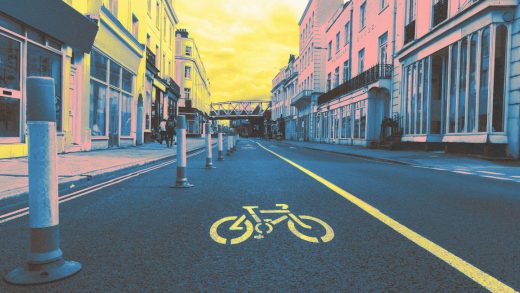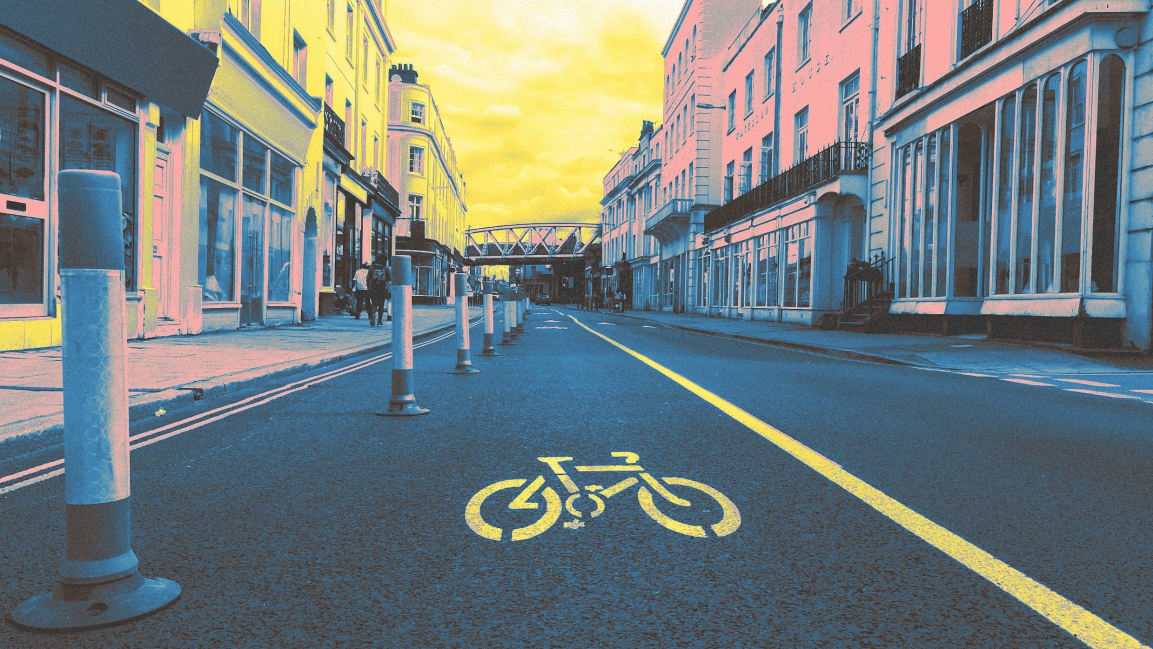The pandemic pushed cities to take back their streets from cars. Will they keep them in 2021?
Rue de Rivoli is just one of several places where the city has redesigned streets in 2020. “Since the end of the first lockdown in May, lots of new bicycle infrastructure has been created in record-breaking time,” says Maximilian Gawlik, an urban planner at L’Institut Paris Region, the regional urban planning agency. More than 30 miles of new bike lanes have been added within the city, and more than 60 miles in the inner suburbs.
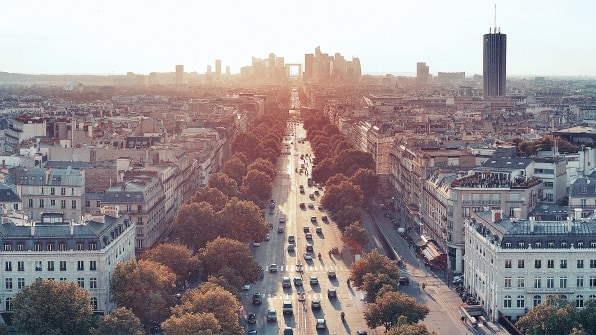
[Photo: rabbit75_ist/iStock]
The transformation started earlier. Anne Hidalgo, the mayor of Paris, has been moving aggressively to make it easier to walk and bike in the city, in part to reduce air pollution, and in part to address the challenge of shrinking the city’s carbon footprint. In 2017, she closed a highway next to the Seine River, turning it into a park and pedestrian promenade. In 2018, the city turned one lane of the Rue de Rivoli into a two-way bike lane. By 2019, as other bike lanes had been added throughout the city, bike traffic had nearly doubled. More expansions were planned. But when COVID made public transit use drop by 85%, the city decided to move much faster. Bike lanes (called “coronapistes,” or corona lanes) were quickly added next to metro routes using temporary barriers. The city also created “streets for schools” that shut down traffic on routes to schools, and used some parking spaces to create more room for cafe seating.
Other cities around the world made similar changes because of the pandemic. One database tracking COVID responses lists more than 1,400 actions that have been taken so far. Milan widened sidewalks, lowered the speed limit, and added 25 miles of new bike lanes, with plans to soon add another 35 miles to help fill a gap as fewer people ride trains and buses. Normally, given the slow pace of bureaucracy, it would have taken years to make the same transformation. Bogota, Colombia, added nearly 72 miles of new bike lanes. Other cities, from Berlin to Auckland, New Zealand, added pop-up bike lanes. In the U.S., several cities, including Minneapolis and San Francisco, temporarily closed down streets to make it easier for people to exercise outside while social distancing. Oakland created more than 20 miles of “slow streets” that are blocked off to through traffic, and, like many other cities, let restaurants repurpose parking spaces for outdoor dining. In May, after making 20 miles of streets car-free because of COVID, Seattle announced that its changes would be permanent.
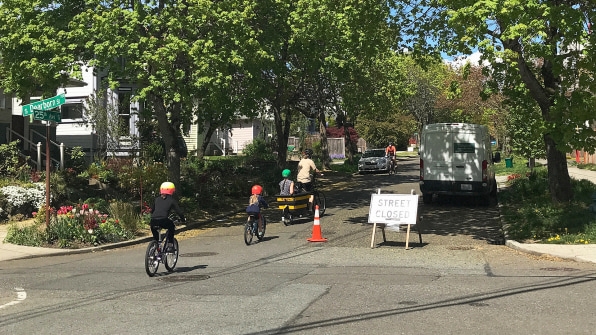
It’s a chance to transition to healthier cities, says Kevin Krizek, a professor at Colorado University Boulder and one of the authors of a working paper about street experiments during COVID. “There’s a window of opportunity for cities to realize the excess of space that’s devoted to automobile infrastructure,” he says. “Almost 30% of an average city is devoted to streets, and most of that street is automobile focused. So as we try to reinvent our mobility patterns to be a little less car-focused—which certainly will help serve environmental problems, safety problems, social equity problems—it’s really a golden opportunity to kind of reconsider.”
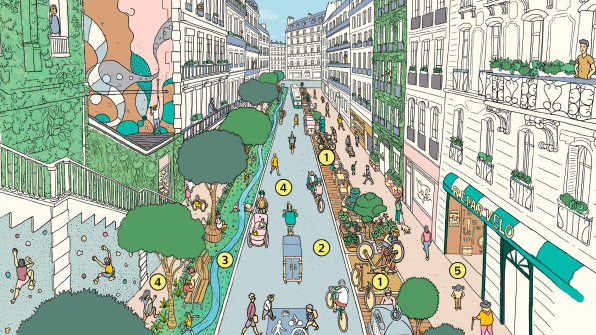
In Paris, the new bike lanes and “school streets” are one part of a vision for a 15-minute city, urban design that makes it possible to walk or bike to work, school, and any everyday errands in 15 minutes or less. In some ways, as a compact city that was built before cars existed, central Paris is already a 15-minute city. But the new bike lanes are critical to making it function that way for everyone, since only a minority of people were willing to risk riding in traffic in the past. The new infrastructure creates the “safety and continuity that would get people to get out of their car or out of the bus to try the bicycle,” says Stein van Oosteren, a spokesperson for the Collectif Vélo Île-de-France, a bike advocacy group. “Because that’s what keeps people from opting for the bike: having to share space with cars, which creates fear and discourages people.”
It’s not clear how many of the cities that made temporary changes during the pandemic will make those permanent. But it just takes political leadership, says Mike Lydon, a principle at the firm Street Plans. “There’s nothing physically that should prevent them from making large network based and systemic changes,” he says. “It requires the ability to just commit to it . . . I think city leaders should look at the untapped demand for these types of changes in the use of our streets. I think a lot of times, politically, people think that it’s a small group of vocal advocates who are asking these types of changes, but really, there’s a huge amount of latent demand in cities to repurpose our streets and public spaces to be a lot more accessible and safe. This pandemic has really shone a bright light on that there’s people from all corners of cities who understand and benefit from this and would not like to see these changes rolling back.”
(39)

